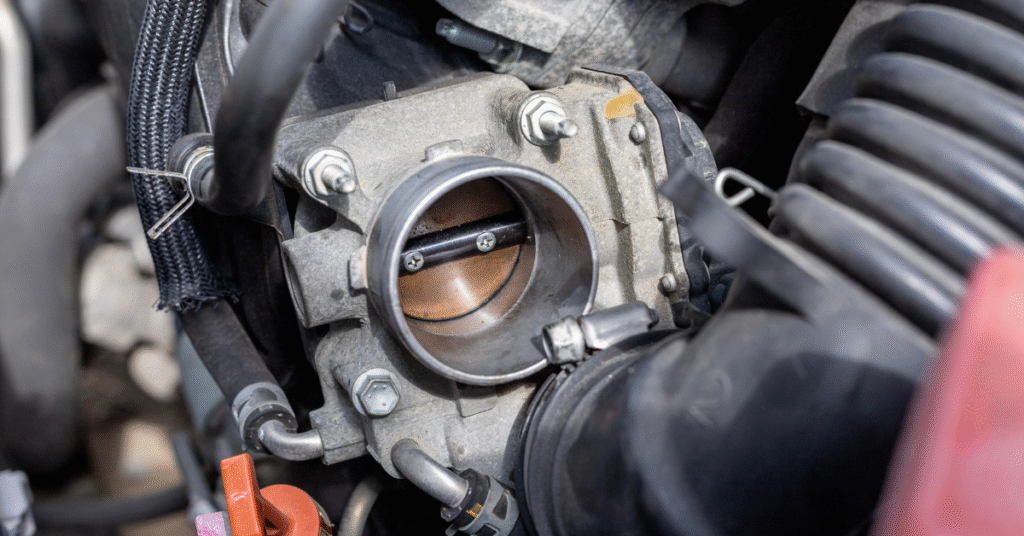In the world of automobile manufacturing, the materials used to build a vehicle’s body are critical to its performance, safety, and longevity. From traditional steel to modern composites, the right choice of material can significantly influence a vehicle’s strength, weight, and resistance to wear and impact.
Why Material Selection Matters in Vehicle Manufacturing
Choosing the right material isn’t just about cost—it impacts the entire life cycle of a vehicle. The right body material ensures:
- Better crash resistance
- Improved fuel efficiency
- Longer vehicle lifespan
- Enhanced corrosion resistance
Common Vehicle Body Materials and Their Impact
1. Steel
Steel has long been the standard due to its high strength and low cost.
- Strength: Excellent impact resistance
- Durability: Rust-prone but treatable with coatings
- Drawback: Heavier than modern alternatives
2. Aluminum
Lightweight and corrosion-resistant, aluminum is becoming increasingly popular in passenger vehicles.
- Strength: Good, though less than steel
- Durability: Resistant to rust
- Benefit: Improved fuel economy due to reduced weight
3. Carbon Fiber
Used in high-performance vehicles, carbon fiber is incredibly strong and light.
- Strength: Very high tensile strength
- Durability: Exceptional
- Drawback: Expensive to produce and repair
4. High-Strength Plastics & Composites
Often used for bumpers and interior panels, these materials help reduce overall vehicle weight.
- Strength: Moderate
- Durability: Resistant to corrosion and impact
- Use Case: Excellent for specific non-structural components
Durability Factors Influenced by Material Choice
Material selection directly affects the following:
➤ Corrosion Resistance
Metals like aluminum and treated steel resist environmental damage better than untreated materials.
➤ Fatigue Resistance
Materials must withstand repetitive stress over time. Composites and carbon fiber perform better under fatigue.
➤ Crashworthiness
Steel offers high deformation resistance, while aluminum absorbs crash energy effectively.
Sustainability and Innovation in Material Engineering
With the rise of EVs and environmental regulations, automakers are investing in:
- Recycled materials
- Bio-composites
- Modular body panels for easy replacement
These innovations not only improve sustainability but also reduce manufacturing and repair costs.
Conclusion: Material Matters More Than Ever
From the workshop to the road, the material you choose shapes the vehicle’s performance, safety, and sustainability. Manufacturers must strike the right balance between cost, durability, and strength when selecting materials.
Final Thoughts for Manufacturers
- Invest in material testing
- Consider long-term durability over short-term cost
- Keep future repair and sustainability in mind

